Are Hotels and Private Members' Clubs the New Museums? Meet the Curators Behind Hospitality's Art-Fueled Renaissance
Boutique hotels and members-only clubs are shaking up the arts infrastructure through gallery-worthy collections where culture, activism, and community thrive
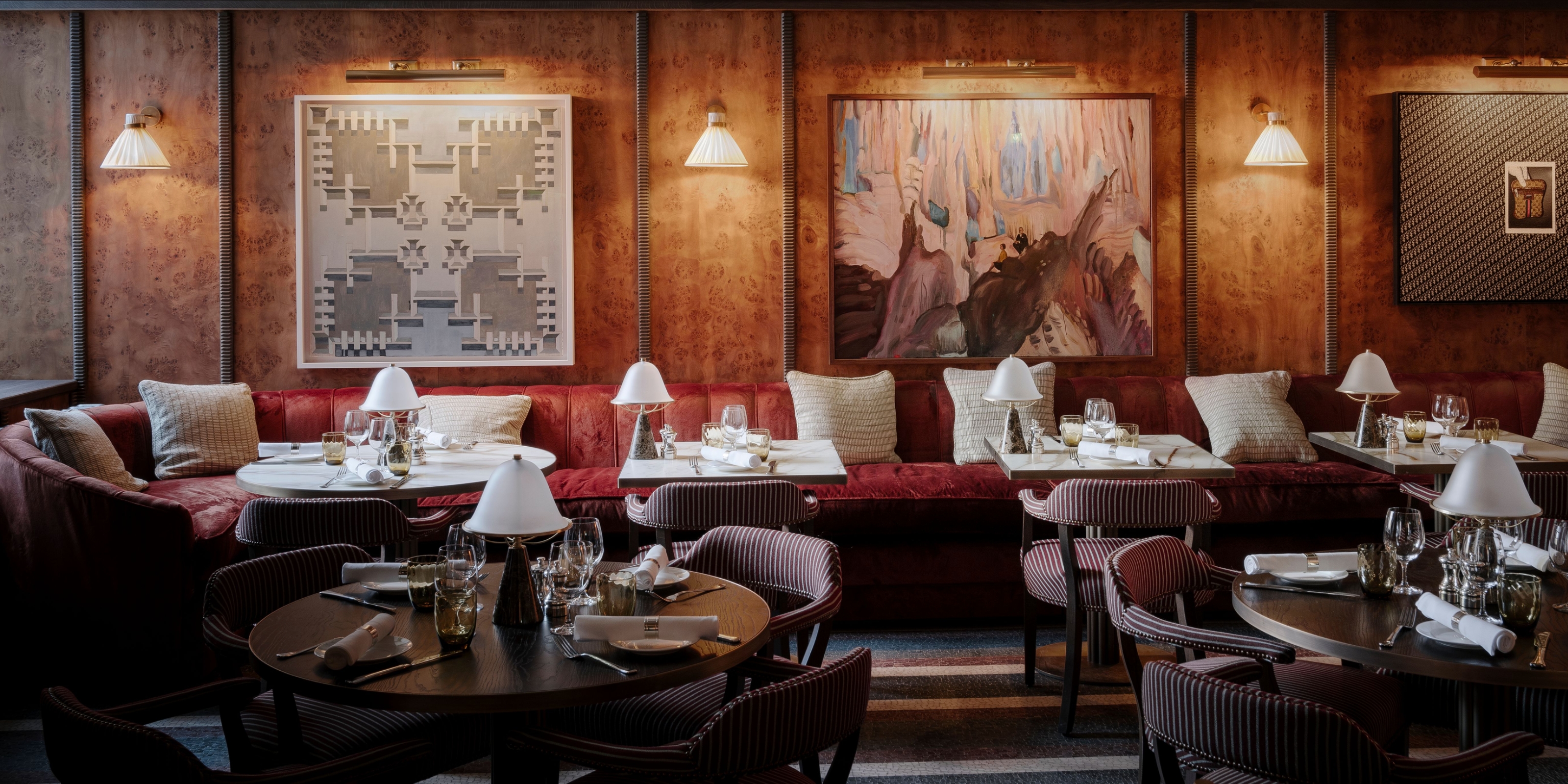
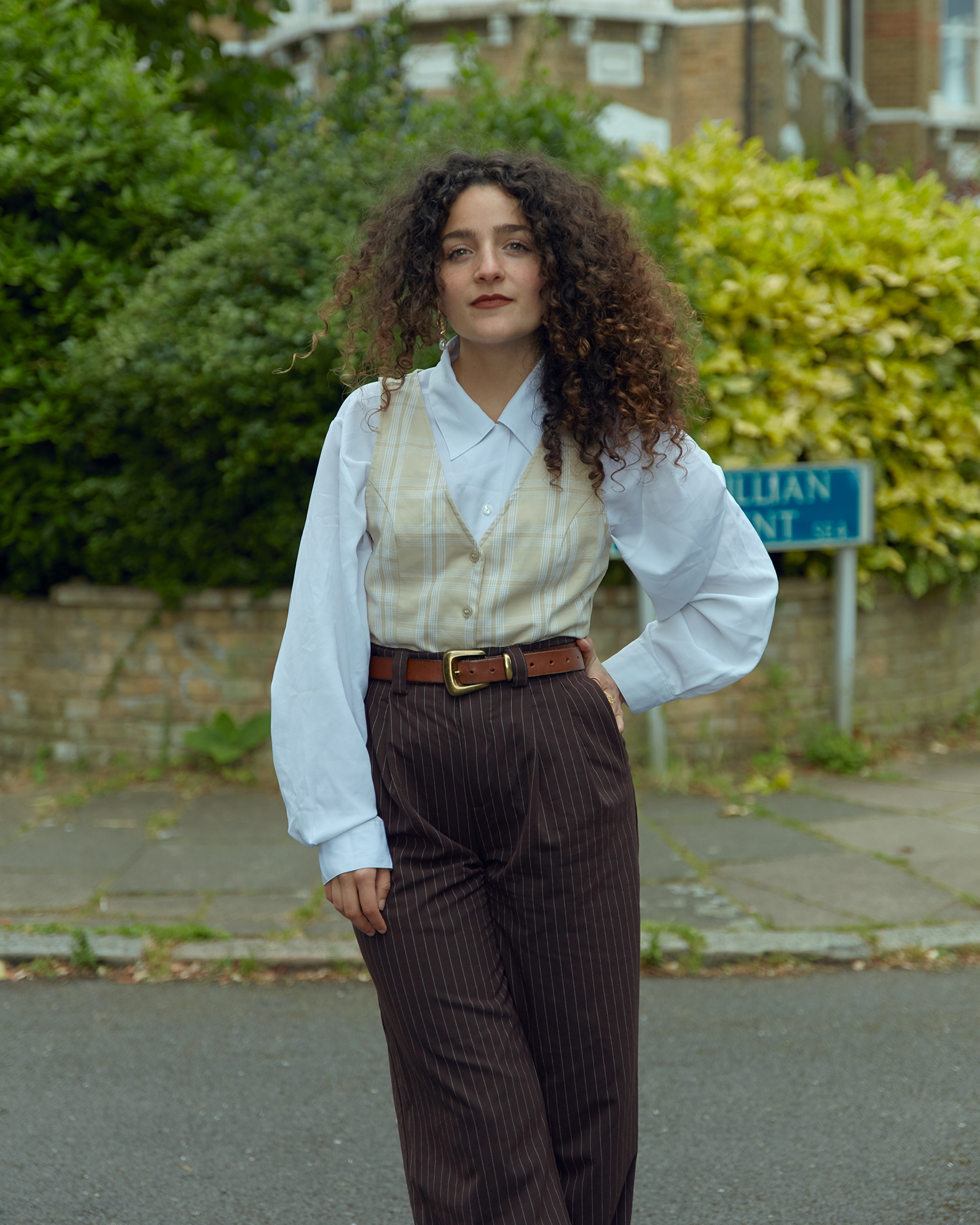
Gone are the days when holiday stays and private members' clubs were mere status symbols. While they still retain their exclusiveness by way of sophisticated interiors, good food, and by-invite-only experiences, the growing popularity of these contemporary lifestyle destinations lies more in their sense of culture.
It is a shift that is instantly tangible in the vision of many of the world's best design hotels, where travel isn't just an opportunity to tick countries off a bucket list, but also provides room for visitors to engage with local crafts, traditions, and nature. A similar pattern can be seen as the trigger behind the ongoing members-only clubs revival, too. Here, their lively rooms offer guests an alternative, and inherently social, way of being part of their chosen cities, along with the perks that comes with joining such coveted networks. It's experiences such as rotating exhibitions, film screenings, and artist Q&As; tastings, music events, and access to unconventionally aesthetic working spaces that are driving this concept forward.
"More private members' clubs have opened in the past four years than in the three decades following the 1985 opening of London's iconic Groucho Club," Liam Bailey and Patrick Gower write in a recent guide edited by real estate firm Knight Frank. The skyrocketing rise of these gathering places can't be ascribed to one individual factor: "Some say it's a desire for connection and community in a world of frenetic activity. Others suggest it’s all about exclusivity and bragging rights," continue the two. "Whatever the truth, the effects are far-reaching." As journalist Samira Shackle puts it in a related article for The Guardian, "There's nothing like a sense of belonging."
So it shouldn't surprise us that, precisely "when times are tough, memberships go up". Of course, if demand surges, the number of private members' clubs readapts. "The ultimate example is the Soho House Group, which has rapidly expanded since its founding in 1995 and now has 42 clubs around the world, and more than 200,000 members, with many more on waiting lists to join," she adds.
Art and Hospitality — A "Transformative" Binomial
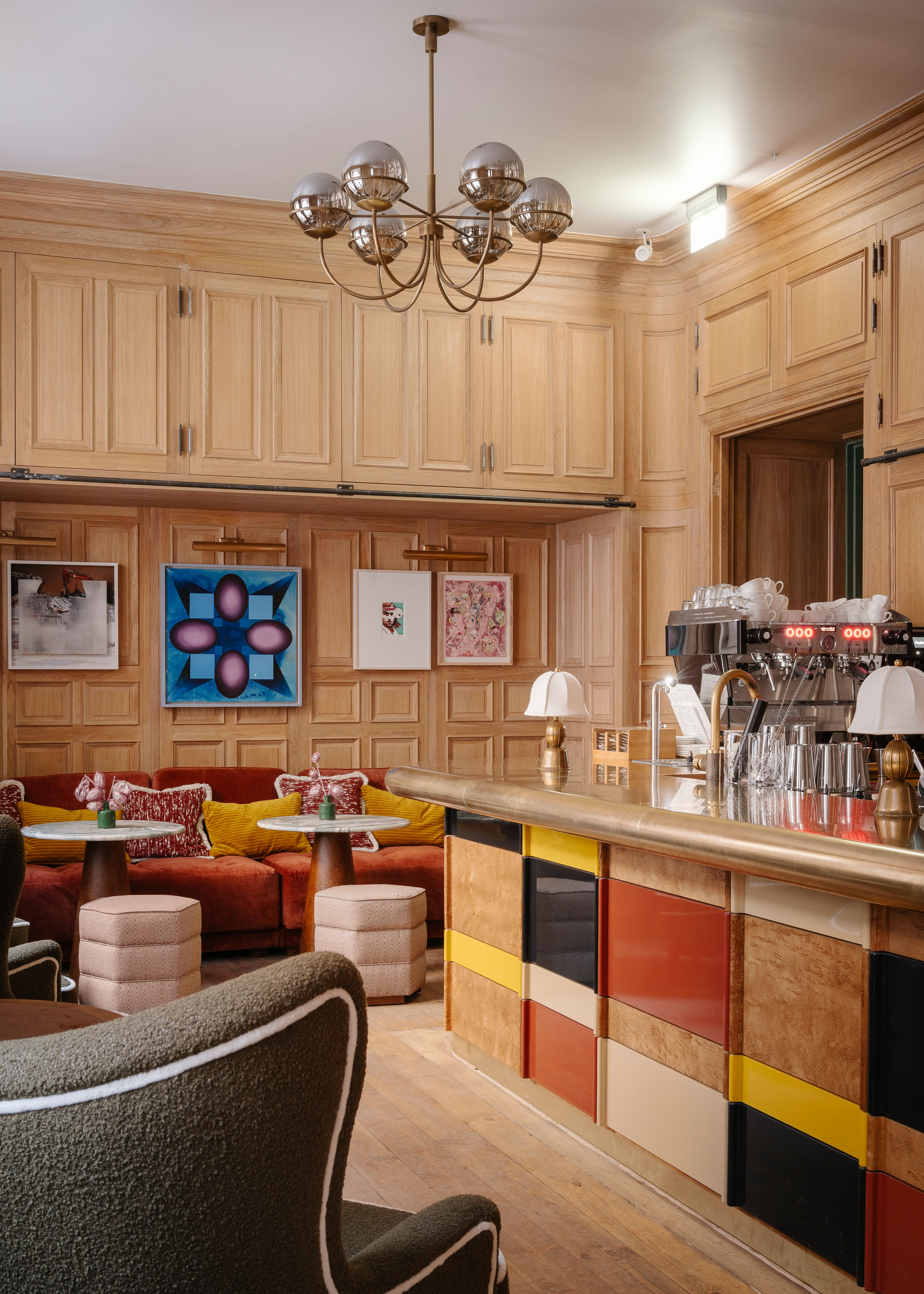
Soho House Stockholm's Library Bar, with original artworks by Charlotte Johannesson
But private members' clubs aren't the only ones to have grown exponentially over the past few years. Last November, leading hospitality group Design Hotels, whose award-winning portfolio comprises over 300 independent stays, announced 29 new signed agreements and that seven more of its properties would land across Mexico and the US.
Between 1993 and today, Design Hotels has been nurturing "privately owned and operated hotels that reflect the vision of independent hoteliers, with a passion for culturally-rooted hospitality and cutting-edge design and architecture," says the firm. With travel trends 2025 predictions projecting 'purpose-led tourism' — or vacations that allow us to cultivate personal interests and attend specific events — to be among the biggest disruptors of this year's lifestyle scene, art and hospitality are not only bound to become even more intertwined in the coming months, but their fusion can even determine the success of burgeoning destinations, starting with the world's best boutique hotels and private members' clubs.
“Art is a way to understand a city’s personality and history, and people are looking for places that foster belonging”
Kate Bryan
"Art is a way to understand a city's personality and history, and people are increasingly looking for places that reflect their values and foster belonging," Kate Bryan, Chief Art Director of Soho House and Art Curator of sibling company The Ned, tells me. In her roles at both international design hotels-cum-members-only-clubs, the aspiration lies in "making art an integral part of the experience — something that inspires, challenges, and connects people at a deeper level, always supporting the local creative community".
For Beth Fleming, Arts Director at international art agency Artiq, the integration of art into the travel experience stems from a combination of market forces, evolving traveler preferences, and the intrinsic human desire to immerse ourselves in beauty, culture, and emotion. "It transforms hotels from transient spaces into destinations, making travel more inspiring and enriching," she says.
When weaving individual artists' works into the fabric of different stays, Fleming treats them as "living artifacts", ensuring fair compensation for the creators while simultaneously unlocking a more subjective response from both guests and art lovers. Rather than simply being places to sleep, luxury and design hotels are now "an integral part of our itineraries," explains the Arts Director. As such, crafting transformative sojourns that center a location's cultural legacy while embracing its future potential is becoming common practice for holiday stays and private members' clubs alike.
Inside the Rise of the "Museum Hotel"
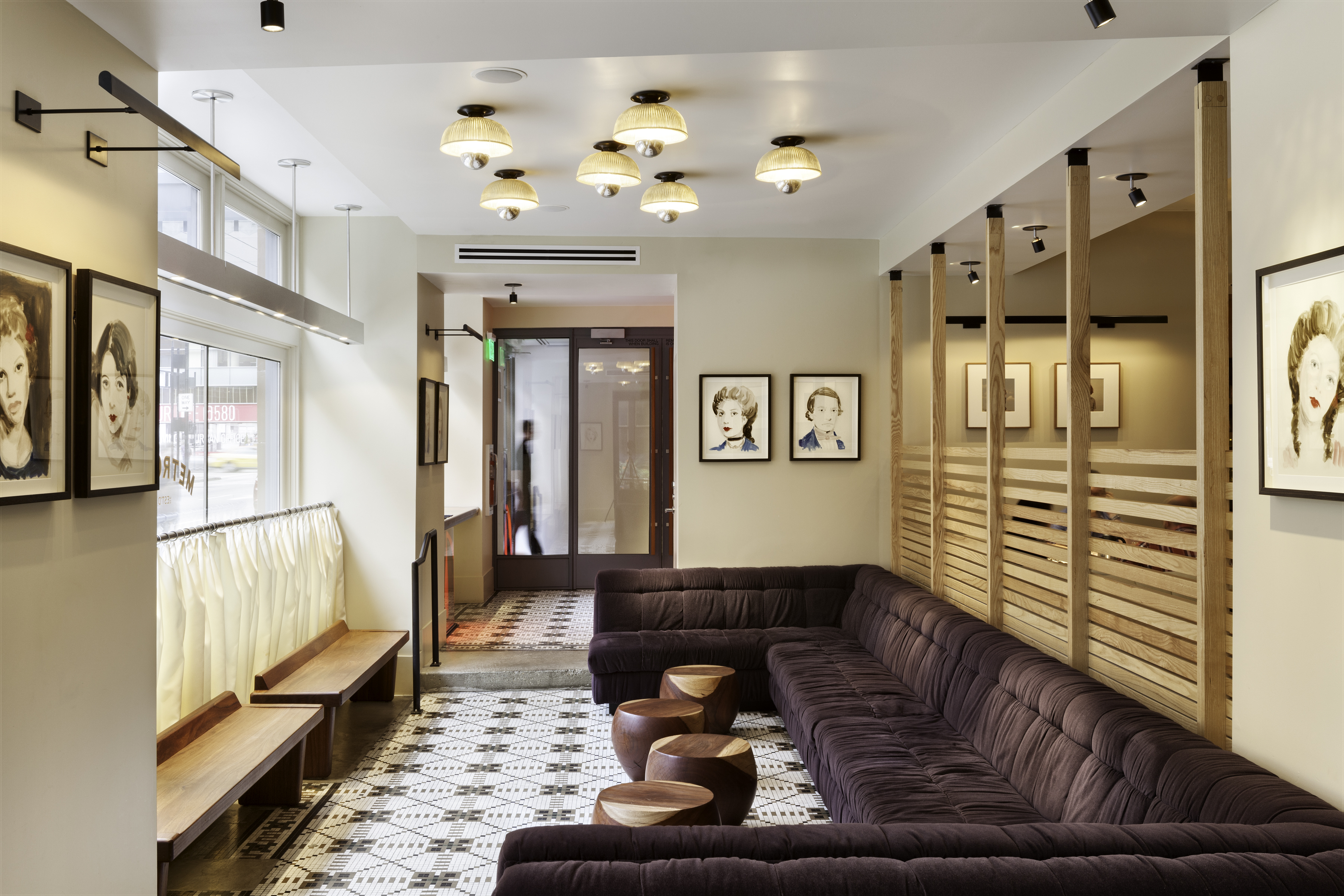
The Metropole Lounge at 21c Cincinnati
In the case of 21c Museum Hotels, the portfolio of unique American concept stays co-founded by art collectors Laura Lee Brown and Steve Wilson in 2006, this blending of art and accommodation is more than yet another part of their offering — it is their core mission. With seven hotels now open in cities like Louisville (where the project started), Chicago, Cincinnati, and St. Louis, the group's properties "are designed with a museum's needs in mind, including gallery and gathering spaces for our diverse exhibition and community programming," Alice Gray Stites, Museum Director and Chief Curator at 21c Museum Hotels, tells me.
As the pioneers of the museum-hotel model, Lee Brown and Wilson have created a platform that, leveraging the breadth of its 5,000-artworks-and-counting collection, prompts guests to interact with "the questions, conflicts, and experiences of 21st-century life, from the environment, race, gender, and identity, to labor, migration, and the impact of technology," explains Gray Stites. At 21c Museum Hotels, group and solo presentations, as well as site-specific installations from both emerging and established talents, can be explored anywhere from dedicated areas of the stays to their guest rooms, F&B locations, and even in unexpected settings like the bathrooms and the buildings' exterior.

The dazzling interiors of Ned's Club Washington, DC
“Free admission eliminates the velvet rope of exclusivity that museum visitors may experience”
Alice Gray Stites
Led by trained art professionals and complete with pop-up screenings, talks, performances, and public activations realized in partnership with artist-run civic engagement NGOs like For Freedoms, these events represent a real first for the travel industry. Developed in collaboration with leading institutions such as Cincinnati's Contemporary Arts Center and the North Carolina Museum of Art, they don't only challenge today's cultural, social, and political status quo through the interdisciplinary production of artists like Isaac Julien, Zanele Muholi, Richard Mosse, and Yvette Mayorga, but even go as far as attempting to remedy the drawbacks of the contemporary museum space.
Open 24/7 to residents and external guests completely free of charge, these initiatives strive to "eliminate the velvet rope of exclusivity that museum visitors may experience," Gray Stites says. In removing ticketed entrance, 21c Museum Hotels "expand access to thought-provoking art, allowing everyone — from vacationers and passersby to employees — to feel welcome, inspired, and included," she adds.
The Rise of Art as a "Travel Compass"

The groovy interiors of 21c St. Louis' Idol Wolf restaurant
NYC-based Art Advisor and Appraiser Kelly Cahn, who curated exhibitions for professional networking-focused private members' club 2045 Studio in the past, thinks that 21c Museum Hotels' approach to hospitality has already left its mark, and that many more wanderers are now relying on art as a 'travel compass'. "When traveling, I opt for stays that prioritize culture in their offerings, and being able to see great art makes me choose one hotel over another," she tells me. "Hotels like 21c's, which began in my home state of Kentucky, are a perfect example of this. When visiting Louisville, my family and I always stop in for a drink because we can combine it with a museum-quality experience."
Alex Bass, CEO of New York's Art Advisory & Interior Design Studio Salon 21, shares the same ethos. "Wherever I travel, I always research what museum exhibitions, gallery shows, and fairs are on view in the area," she explains. "My priority is discovering what the location has to offer, specifically looking into regional artists, and hotels that incorporate them into their design have the unique opportunity to tell guests what the local creative community is building there." An example? The Kelly Wearstler-envisioned Downtown LA and Santa Monica Proper Hotel locations, mentioned in our edit of the best Los Angeles hotels, epitomize how "the group aims to differentiate each stay through art and design," adds Bass. "The former has a custom-painted mural in the lobby, with the latter boasting truly unique mid-century modern furniture and a gallery wall full of interesting artworks and textural pieces." Elsewhere, at Biarritz's Villa Magnan, "each room's art takes on the essence of the architecture outside, making every accommodation into a unique sojourn."
Relevant, Resonant, Harmonious, Diverse, and Interactive — Curating for the Public Space
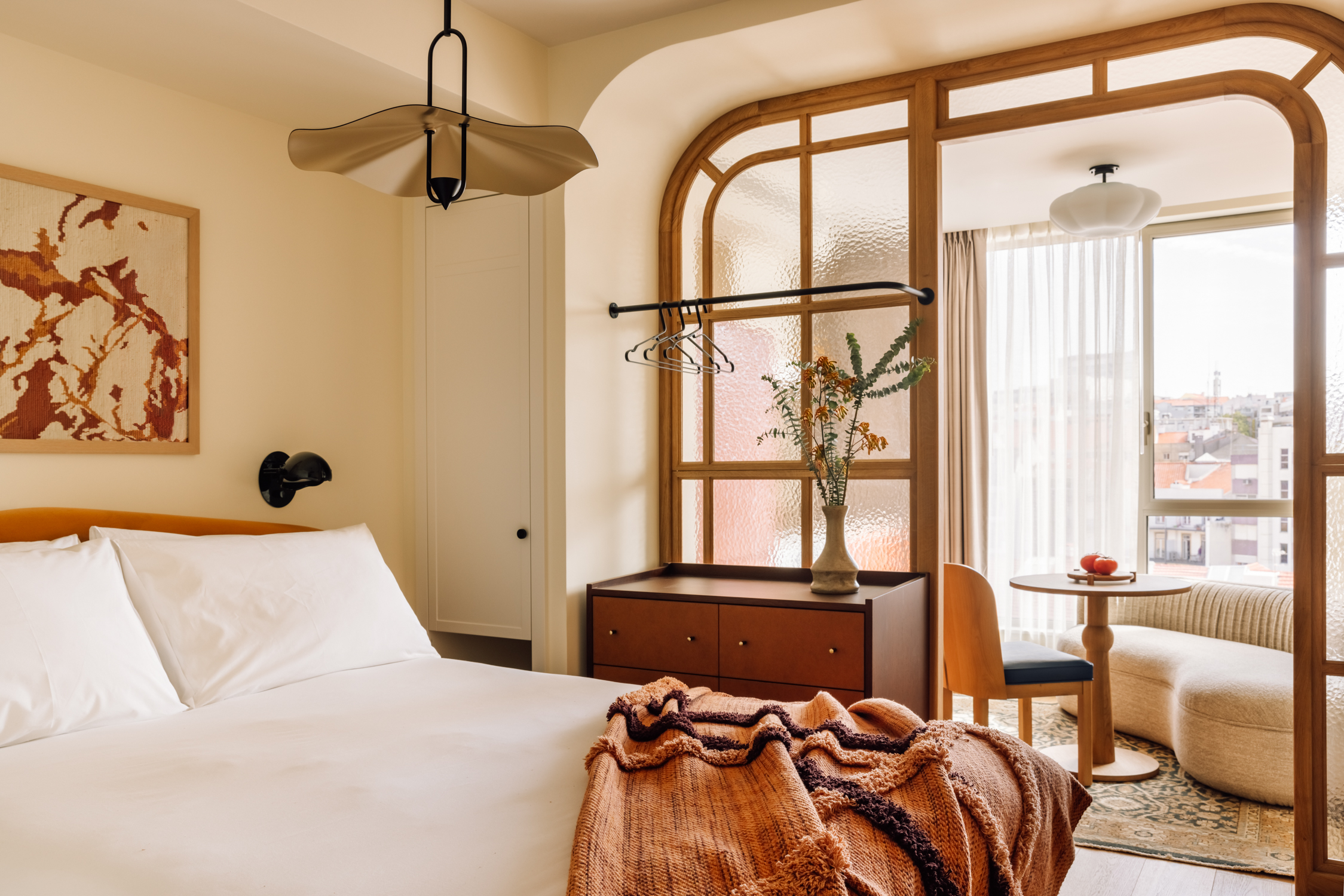
A bedroom at Lisbon's Locke de Santa Joana, with artworks by Ana Teresa Barboza commissioned by Artiq's Beth Fleming
That some of the world's design hotels and private members' clubs have earned themselves a reputation as unconventional art promoters doesn't mean this comes free of challenges.
"I always say our collections are working horses, not show ponies," Soho House and The Ned's Bryan tells me. "We may have a lot of museum-level talent, but we are not a white space with invigilators: these spaces are being used morning to night, so there are very practical considerations to take into account, too." Ensuring a diversity of mediums, from paintings and tapestries all the way to digital art, for example, "can create a dynamic environment that engages guests in multisensory ways," Bronx-born artist Ya La'ford, whose towering geometrical piece Courageous 12 will complement the outdoor of St. Petersburg's forthcoming lifestyle hotel The Central in a homage to Black civil rights fighters, shares.
A property may pair colossal murals with smaller, intimate pieces throughout the lobby and guest rooms to amplify the building's design and architecture and craft "a cohesive, aesthetically harmonious narrative throughout the space," she adds.
“Art transforms hotels from transient spaces into destinations”
Beth Fleming
For Artiq's Fleming, who counts Lisbon's Locke de Santa Joana, featuring bespoke wall tapestries by Peruvian artist Ana Teresa Barboza, among her creative endeavors, things get even more granular. Diving into the hotel as a destination, its interior design direction, and storytelling, she identifies keywords, anecdotes, and potential themes for her artwork selections. After aligning with designers and architects on fabrics, colors, layout, and lighting, the Arts Director then proceeds to determine the most suitable wall hangings, ceramic pieces, glassworks, textiles, and photography to include in each space, also upholding the property's spatial requirements and health and safety regulations. While time- and care-demanding, "this detailed evaluation ensures that the art not only enhances the design, but also functions seamlessly within the hotel's environment," she explains.
Still, functionality and looks aren't everything, and both art experts are well aware. Bryan, who researches each of her collections for "a year at least, and sometimes 18 months", demonstrates that in her latest curation for Ned's Club Washington, DC, which she is installing as we speak. Here, Bryan developed "a pointed look at the American presidential imbalance, featuring 47 women-created pieces of art and zero by men as an inversion of the number of male/female presidents in American history," she explains.
Titled The First 47, the collection features some of the most established names active in the U.S. today, including artists such as Judy Chicago, Ellen Gallagher, and Catherine Opie, while another one celebrates local art talent. Among her most recent, standout commissions are the wraparound wallpaper designed by Patricia Cronin for the DC opening, an expansive ceiling mural by Rose Jaffe, artist duo Celeste's "cocooning" textile installation for the lobby of Soho House Mexico City, and a humorous swimming pool bed envisioned by David Shirgley for the Brighton Beach House. "Ned members aren't just looking for luxury," Bryan says, speaking on the goal behind each of her projects. "They are looking for a place that encourages great conversations with important narratives — that's what all our art collections are here for."
The Future of Art? It Starts With People
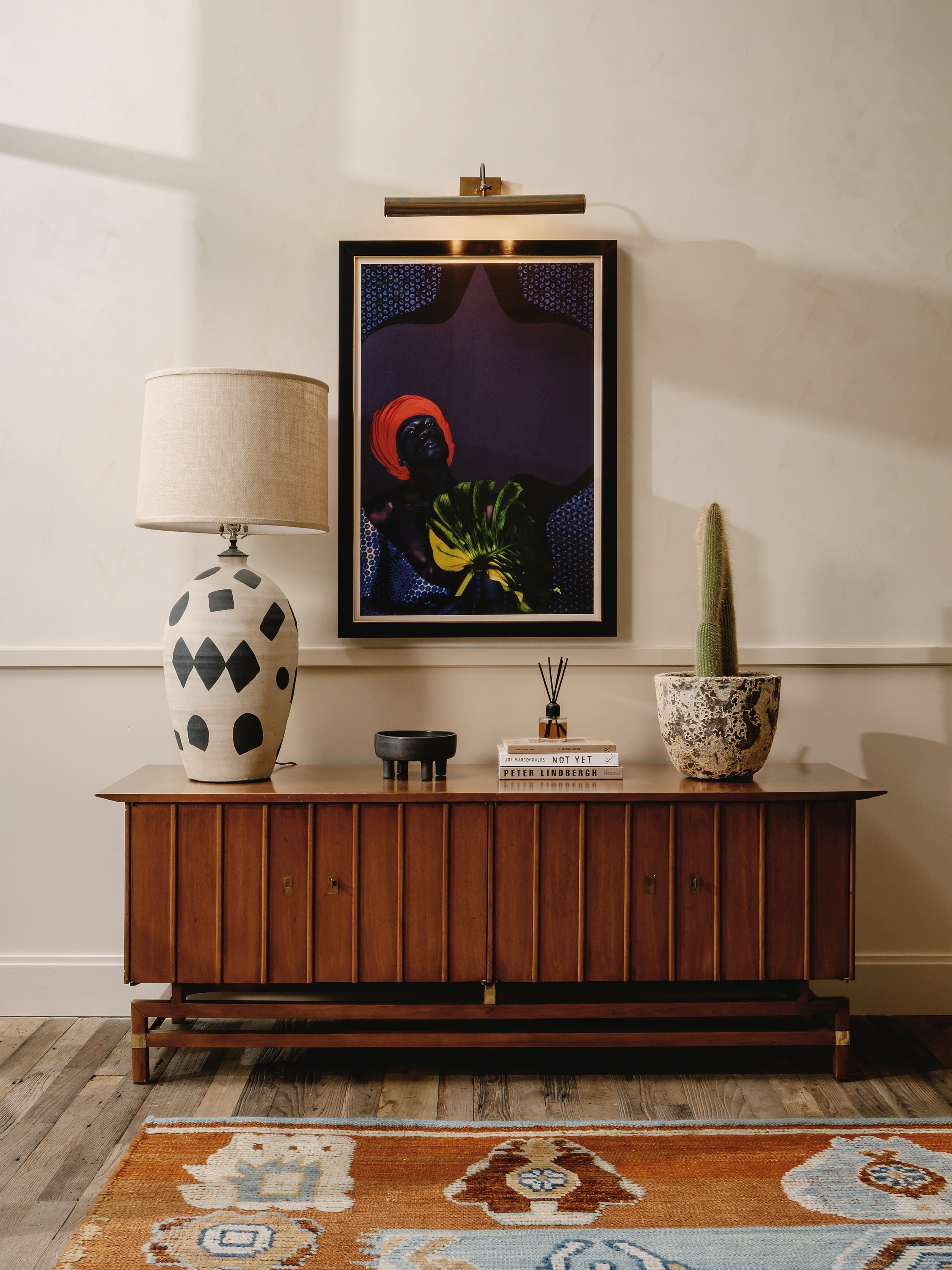
Texas-based Nigerian visual artist Hakeem Awewumi's work hangs on the second floor of Soho House Austin
Once again, like in the case of 21c Museum Hotels' Alice Gray Stites, the focus shifts from the art on display to the people who experience it, and it isn't just a case. From the QR codes featured in every Soho House and Ned location, which allow "visitors to retrieve additional information on the artists they love most", to the careful placement of each artwork, every aspect of Bryan's efforts wants us to consider two questions: who is on the walls and why?
As sustainability and eco-art practices rooted in the use of upcycled materials gain momentum within the creative scene, along with the long-overdue recognition of previously underrepresented talents, how culture can pave the way for inclusive, enriching, and environmentally viable futures is becoming more and more evident. Still, it remains an uphill climb, as reflected in the disparity of access central to both the arts and the hospitality industries — something The Ned and Soho House are currently tackling by granting creatives in the collections full memberships in exchange for their contributions.
These are obstacles that, according to Fleming, could also be overcome by offering participatory art projects and affordable prints as souvenirs, facilitating cultural exchange via artist residency programs and exhibitions, and making accessible features like braille widely available in the hotel space. For the Arts Director, more frequent loans, as well as partnerships, between luxury accommodations and artistic institutions could spark inspiration among different groups of the population, eventually sewing the gap between them.
In a time when increasing divisiveness and polarization are taking over the world, "learning is the new luxury, and it is accessible to all," Gray Stites concludes. "We want to lean into the hope that curiosity about the art will drive curiosity about other ideas, about other places and faces. Now more than ever, deepening a sense of connection to others — even when they are different from you — is incredibly important. If we can create opportunities for people to connect, we're making a difference."

Gilda Bruno is Livingetc's Lifestyle Editor. Before joining the team, she worked as an Editorial Assistant on the print edition of AnOther Magazine and as a freelance Sub-Editor on the Life & Arts desk of the Financial Times. Between 2020 and today, Gilda's arts and culture writing has appeared in a number of books and publications including Apartamento’s Liguria: Recipes & Wanderings Along the Italian Riviera, Sam Wright’s debut monograph The City of the Sun, The British Journal of Photography, DAZED, Document Journal, Elephant, The Face, Family Style, Foam, Il Giornale dell’Arte, HUCK, Hunger, i-D, PAPER, Re-Edition, VICE, Vogue Italia, and WePresent.
-
 The 'New British' Style? This Victorian London Home Embraces Its Owners' Global Background
The 'New British' Style? This Victorian London Home Embraces Its Owners' Global BackgroundWarm timber details, confident color pops, and an uninterrupted connection to the garden are the hallmarks of this relaxed yet design-forward family home
By Emma J Page
-
 Muji Living Room Ideas — 5 Ways to Harness The Calming Qualities of This Japanese Design Style
Muji Living Room Ideas — 5 Ways to Harness The Calming Qualities of This Japanese Design StyleInspired by Japanese "zen" principles, Muji living rooms are all about cultivating a calming, tranquil space that nourishes the soul
By Lilith Hudson
-
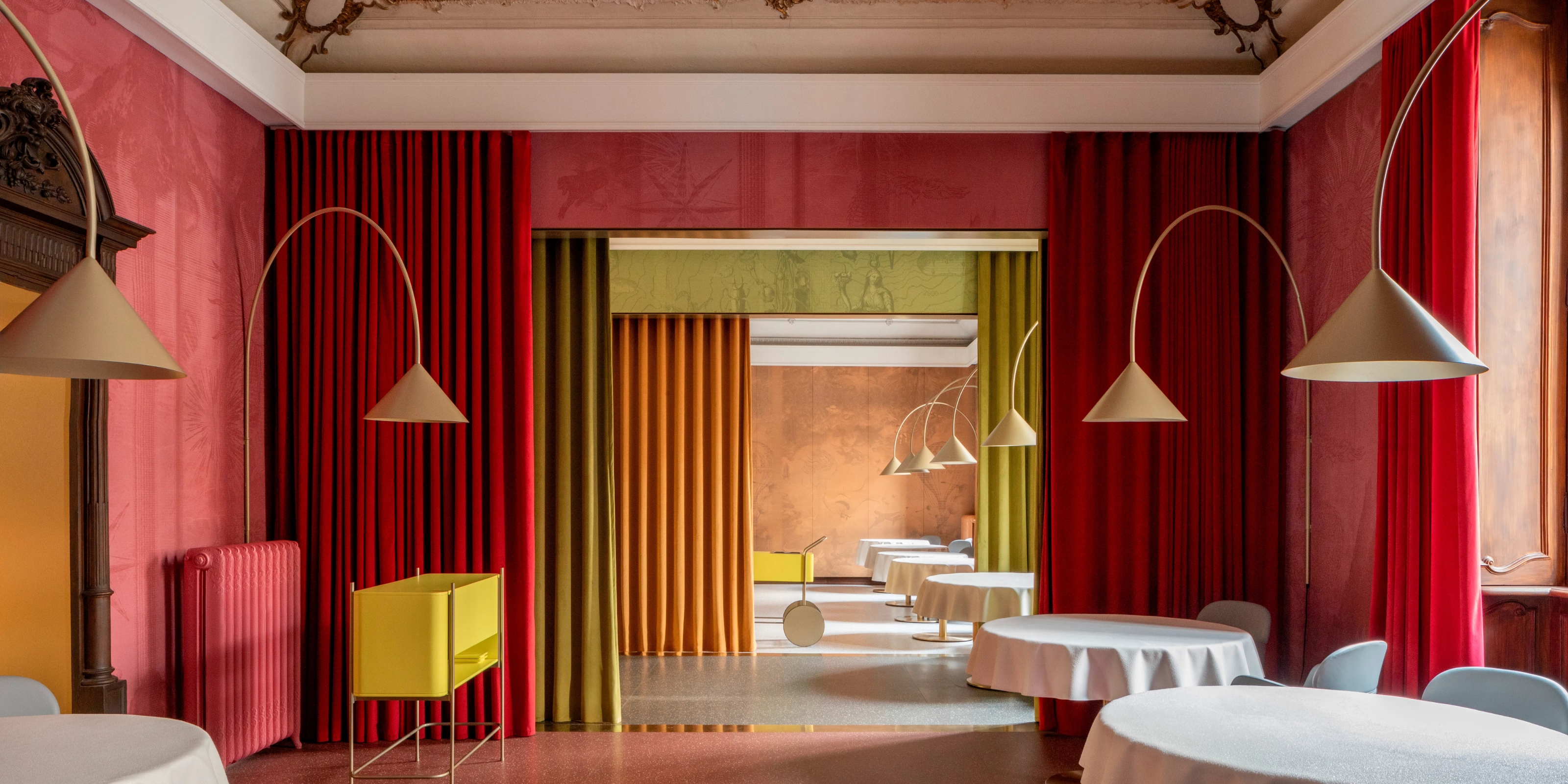 10 Arrestingly Beautiful Milan Restaurants Locals *Actually* Dine at — Selected for Their Interiors
10 Arrestingly Beautiful Milan Restaurants Locals *Actually* Dine at — Selected for Their InteriorsBrought to you by our community of culture insiders, this edit of the best restaurants in Milan sees authentic Italian food and immersive design unite
By Gilda Bruno
-
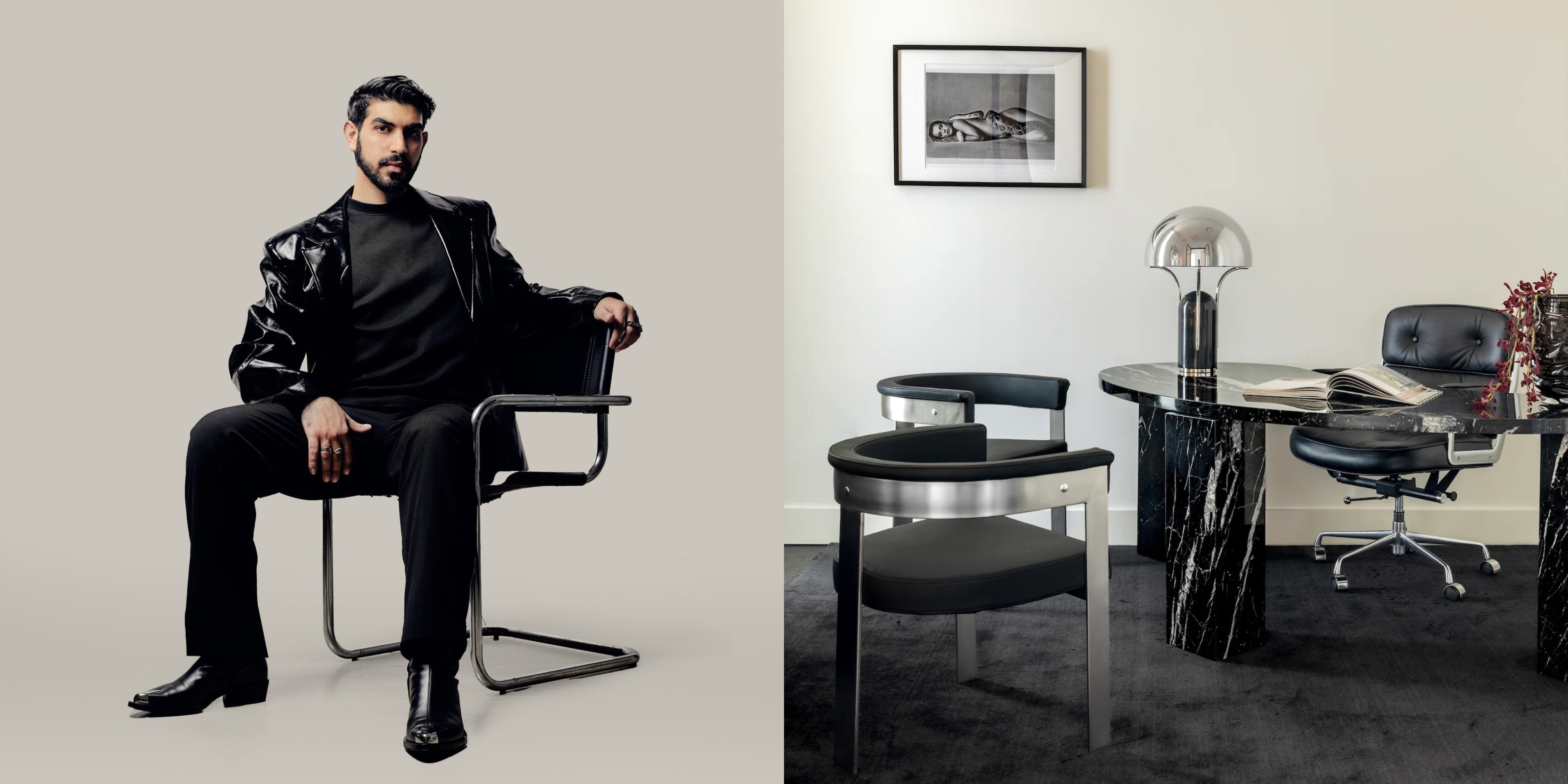 Hidden Trails — TikTok's Favorite Interior Designer, Bilal Rehman, on Houston, the City That Made Him
Hidden Trails — TikTok's Favorite Interior Designer, Bilal Rehman, on Houston, the City That Made HimThe Texan design phenomenon shares the places that inspire him most around his home
By Gilda Bruno
-
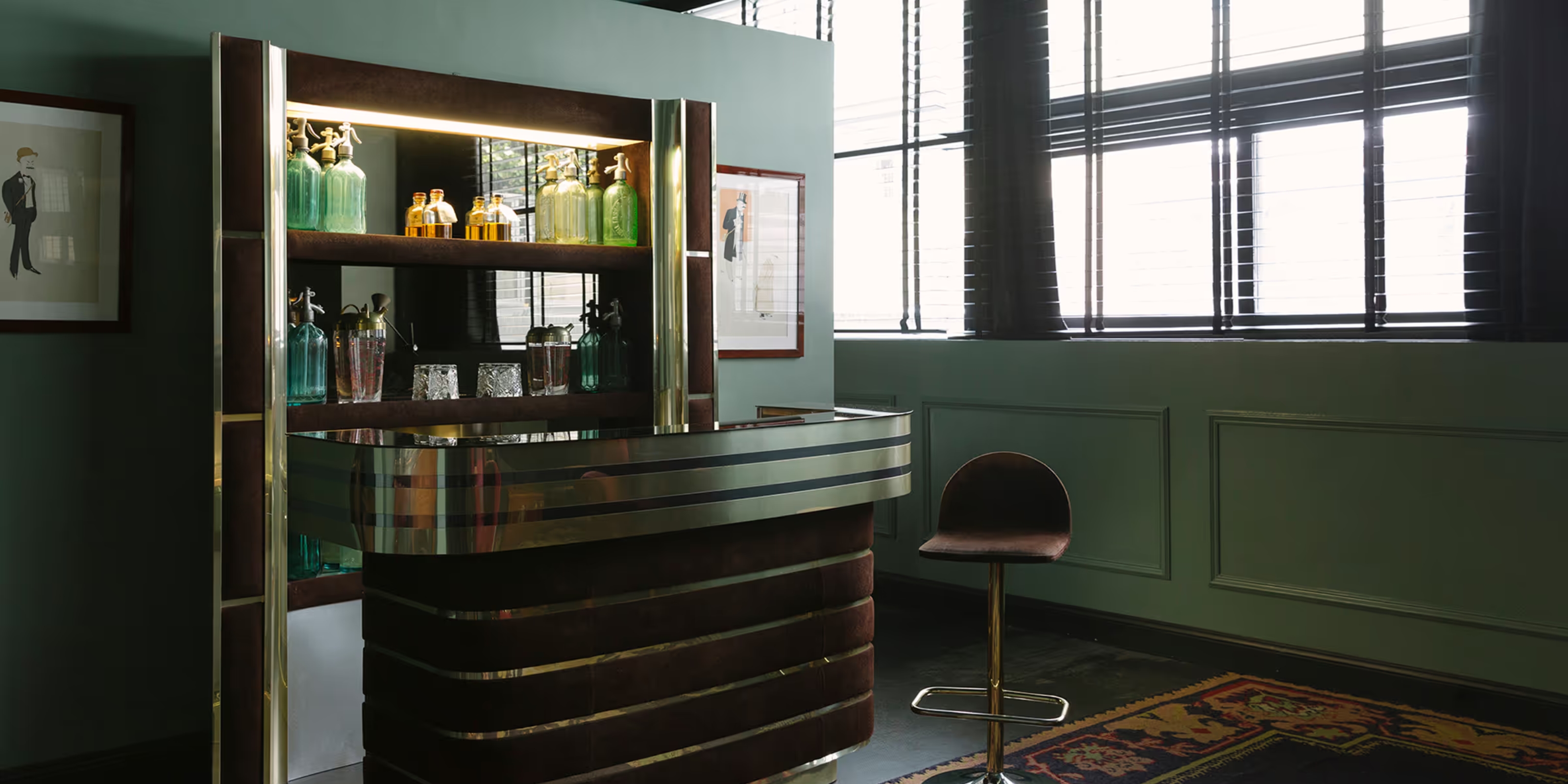 I Picked the Best Milan Hotels for Design-Addicted Travelers — And Their Retro-Futuristic Interiors Are a Masterclass in Timeless Sophistication
I Picked the Best Milan Hotels for Design-Addicted Travelers — And Their Retro-Futuristic Interiors Are a Masterclass in Timeless SophisticationOur Italian Lifestyle Editor rounds up the best boutique hotels in Milan for travelers who want to get a slice of its covetable, timeless flair
By Gilda Bruno
-
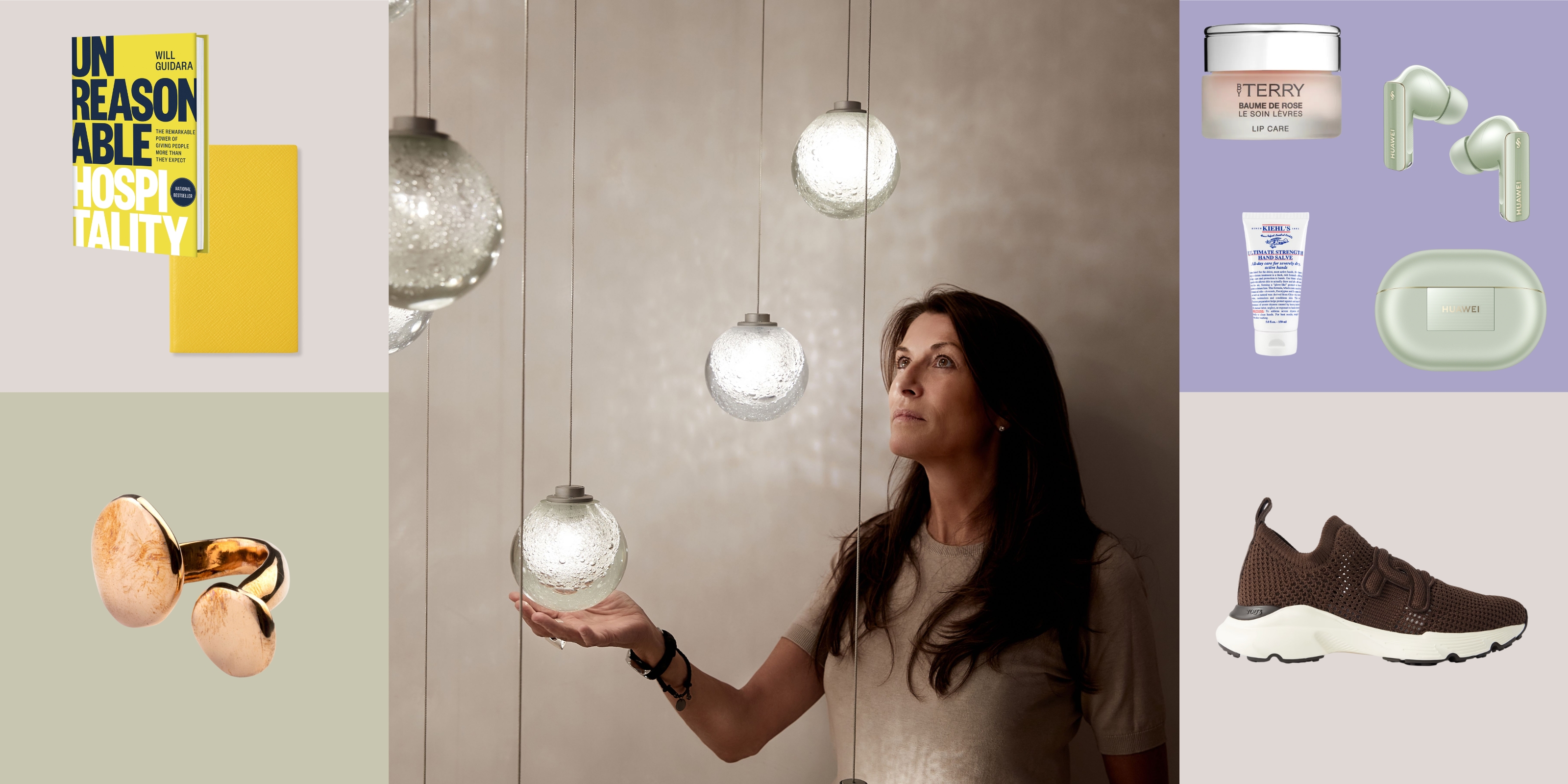 Can't Leave Without — Packing for Milan Design Week 2025 With Articolo Studios' Creative Director Nicci Kavals
Can't Leave Without — Packing for Milan Design Week 2025 With Articolo Studios' Creative Director Nicci KavalsAs the Melbourne-based lighting and furniture studio returns to Salone del Mobile's Euroluce fair, its founder picks her ultimate travel must-haves
By Gilda Bruno
-
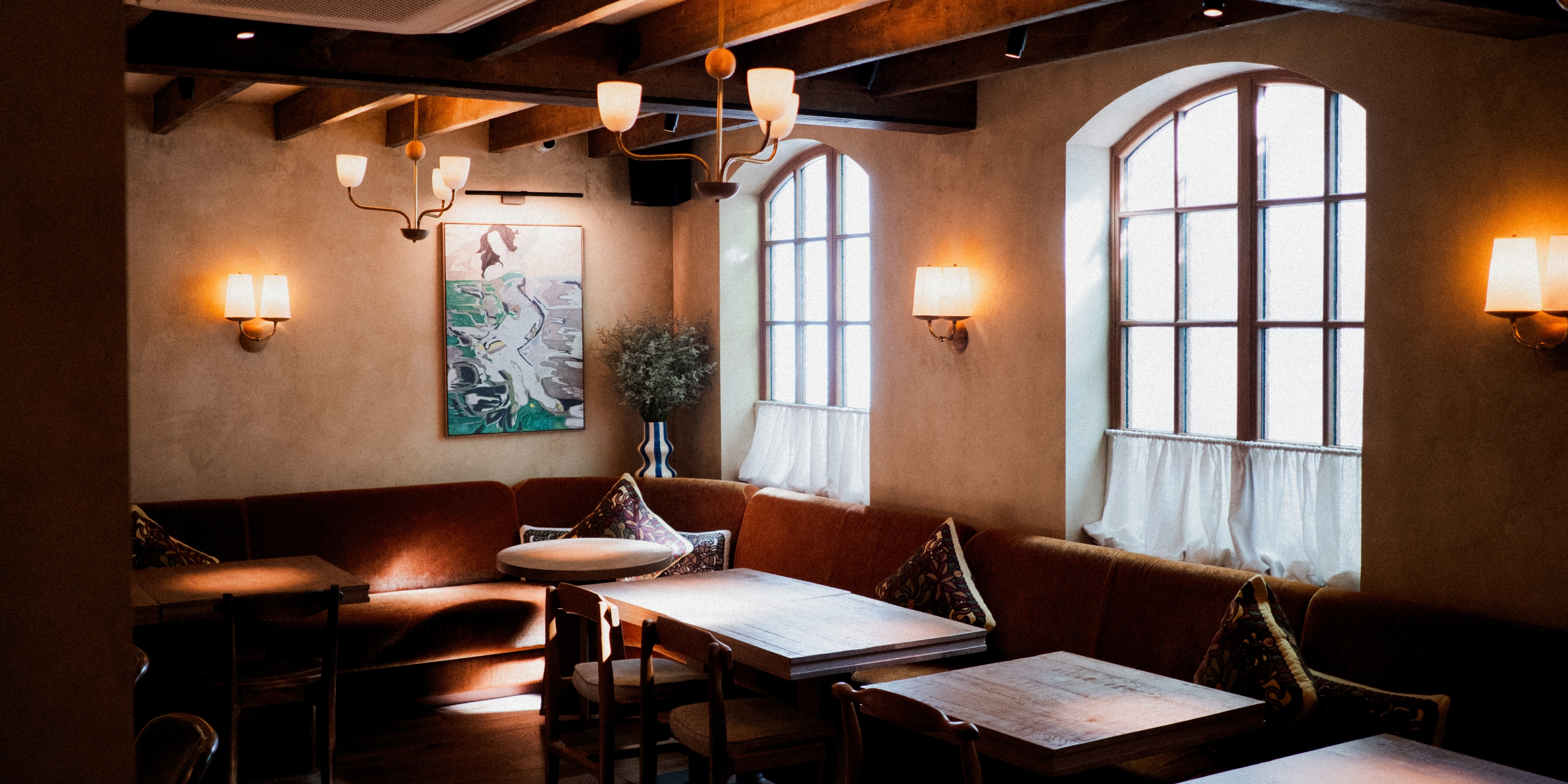 Lita Marylebone Review — Mediterranean Radiance Gets a Tantalizing, Animated West End Makeover
Lita Marylebone Review — Mediterranean Radiance Gets a Tantalizing, Animated West End MakeoverInspired by Southern Europe's traditional chateaux, the Michelin-starred London restaurant puts conviviality front and center through shareable plates and a dynamic, open-plan setting
By Gilda Bruno
-
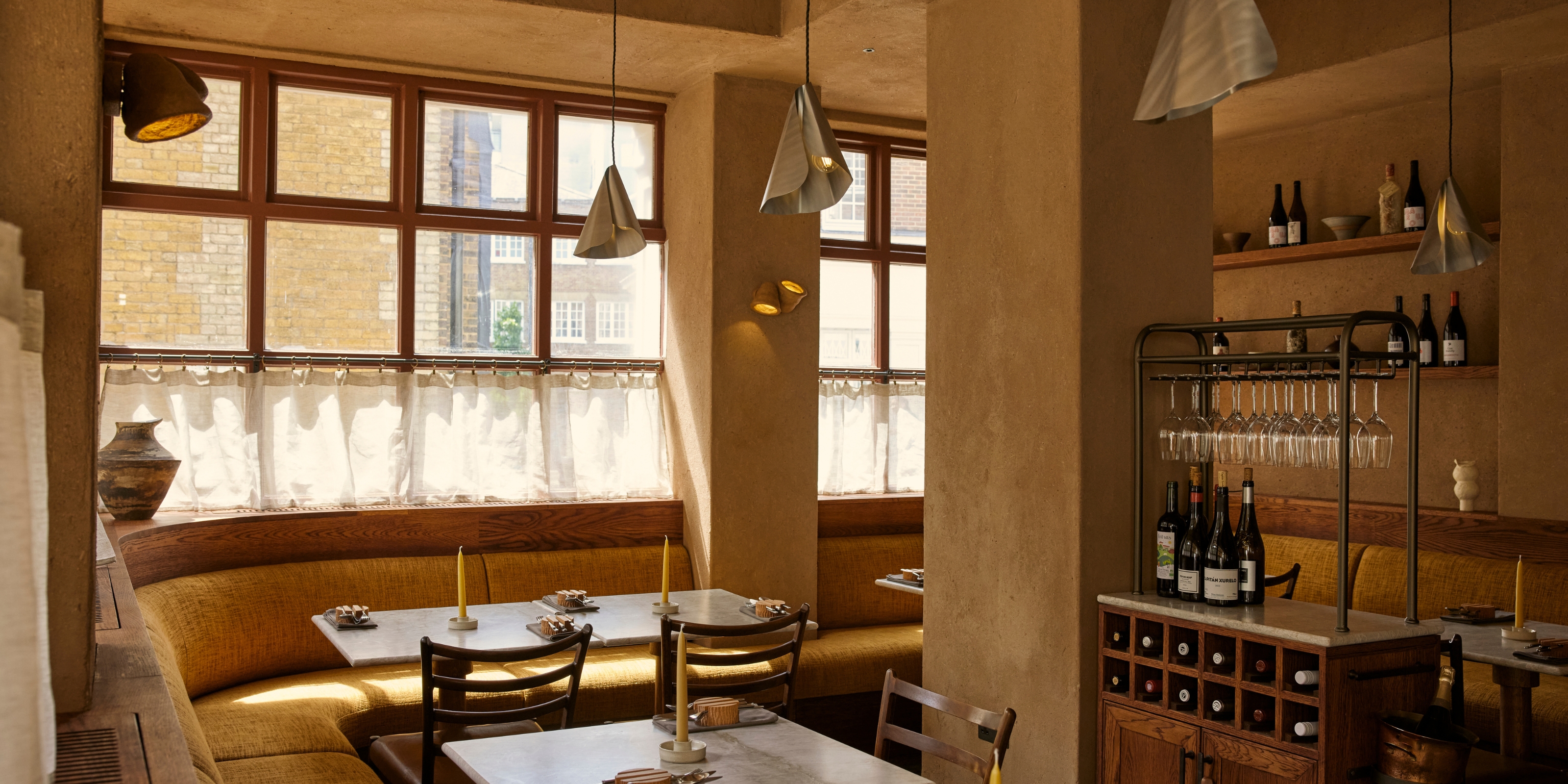 Plates London Review — Nature-Inspired, Earthy Dishes and Interiors Put "Warmth" Back Into Michelin-Star Fine Dining
Plates London Review — Nature-Inspired, Earthy Dishes and Interiors Put "Warmth" Back Into Michelin-Star Fine DiningThe first-ever vegan restaurant to win the prestigious accolade in the UK, this intimate eatery wows with its menu, and its design
By Gilda Bruno
-
 5 Day Trips From London for an Art and Design-Filled Break From the City — Thanks to a Painstaking Holiday Planner
5 Day Trips From London for an Art and Design-Filled Break From the City — Thanks to a Painstaking Holiday PlannerCelebrate the return of spring with our Lifestyle Editor's curated itineraries to five inspiring destinations to explore 'out of town'
By Gilda Bruno
-
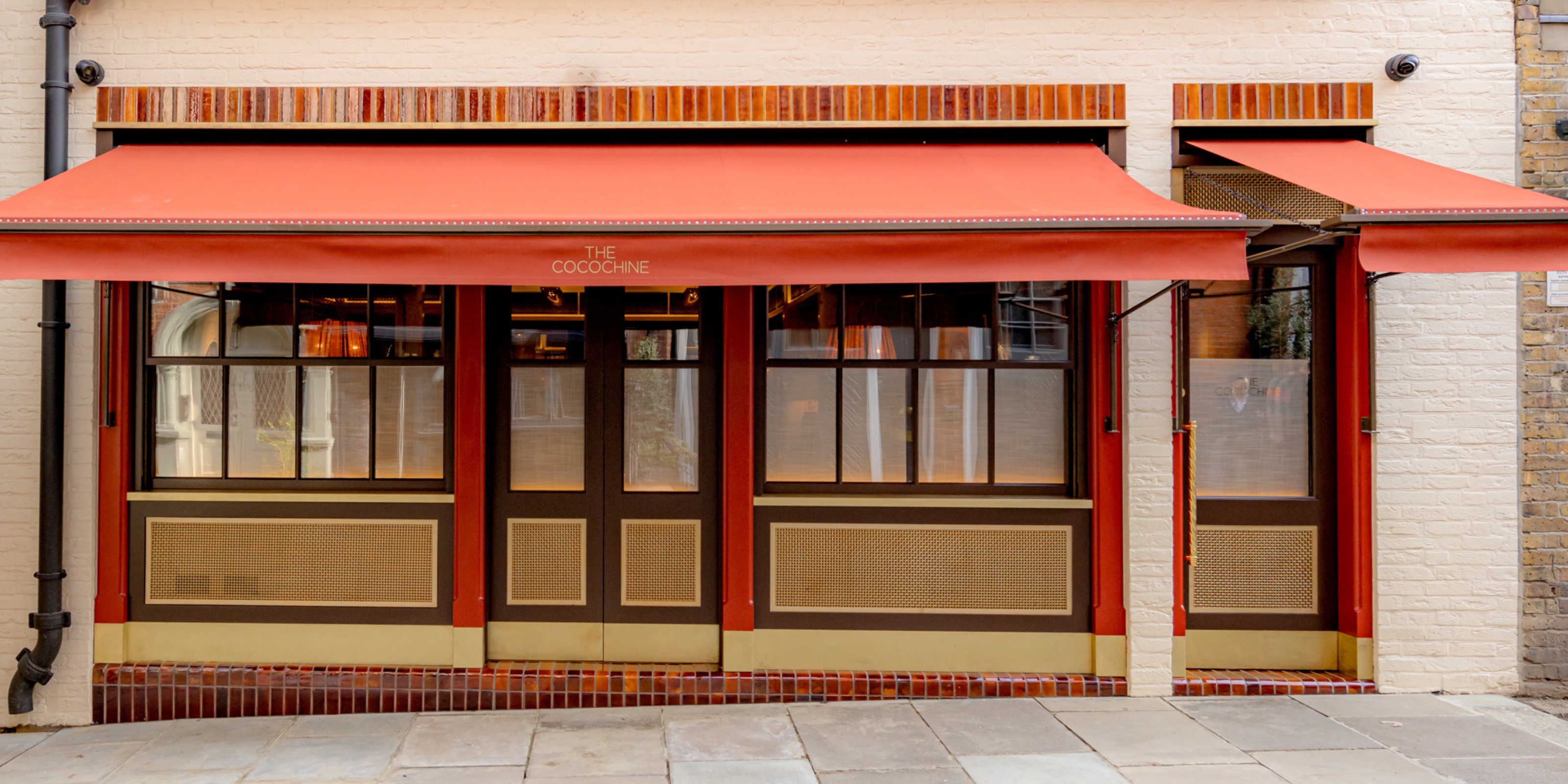 Is Mayfair's The Cocochine the Inspired Restaurant Missing From Your Hotlist?
Is Mayfair's The Cocochine the Inspired Restaurant Missing From Your Hotlist?The brainchild of Hamiltons Gallery owner Tim Jefferies and chef Larry Jayasekara, this hidden-in-plain-sight dining spot elevates gastronomy to an art form — with a little help from its star-studded collection
By Gilda Bruno